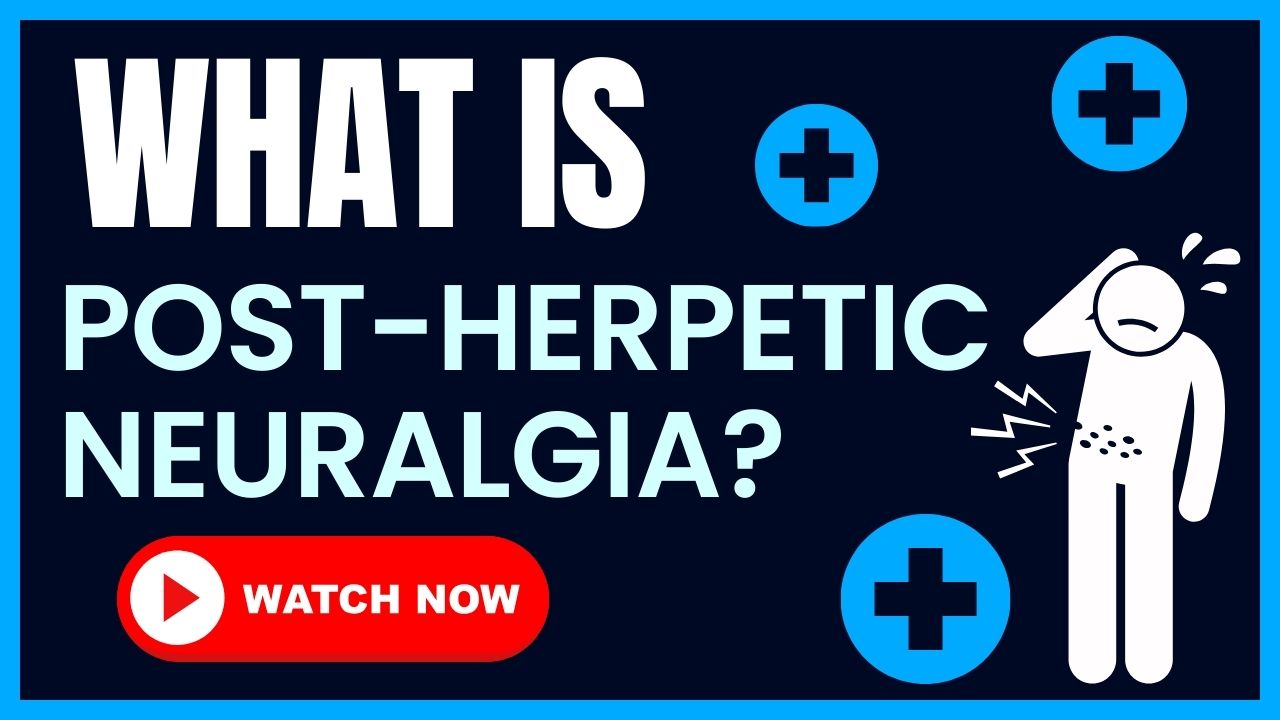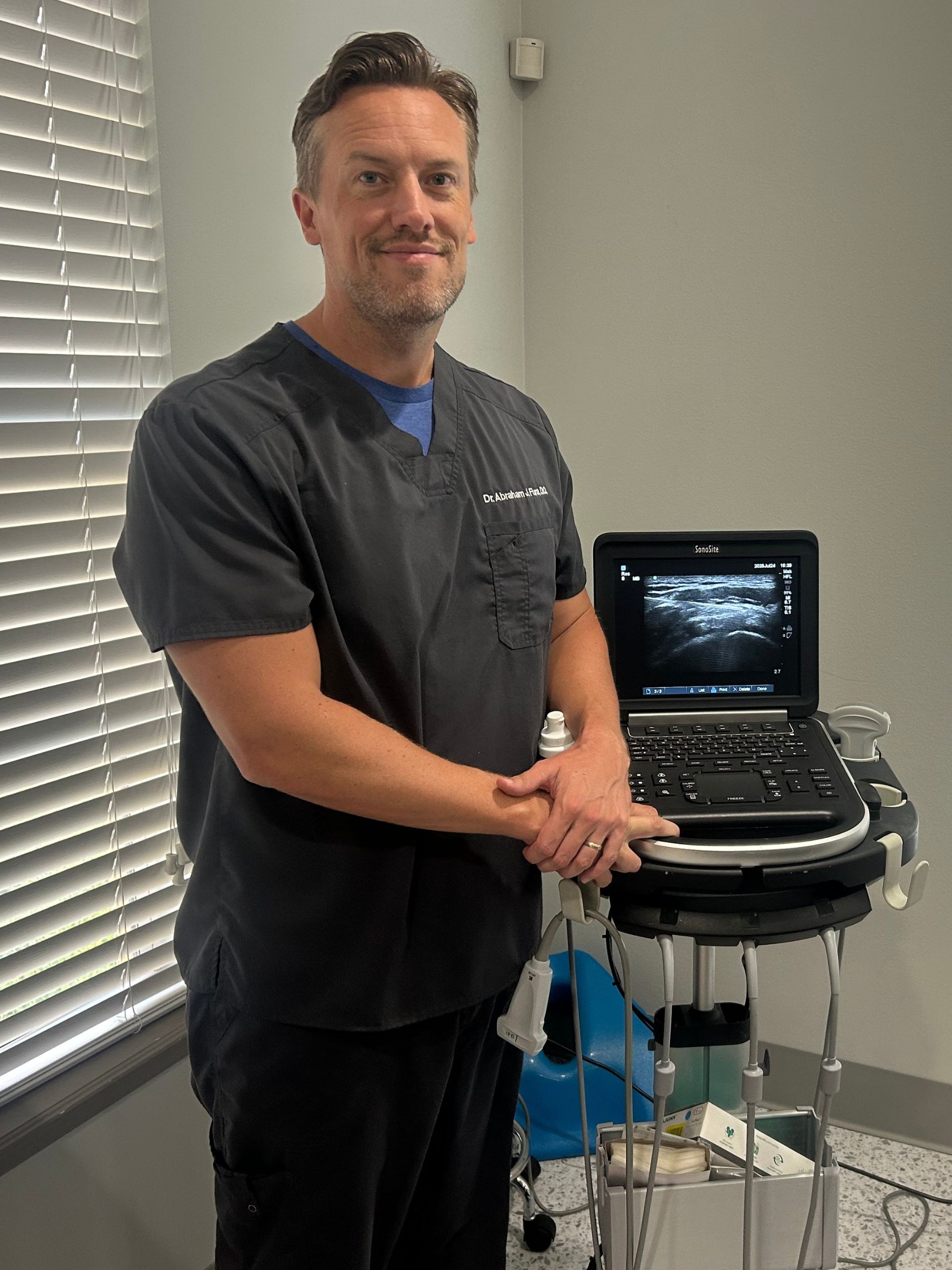
A PAINFUL COMPLICATION
Post-Herpetic Neuralgia (PHN) is the most common and debilitating complication of shingles. It's a chronic nerve pain condition that persists in the same area long after the shingles rash and blisters have healed. This occurs because the shingles virus can damage nerve fibers, causing them to send confused and exaggerated pain signals to your brain for months, or even years. The pain is not just "in your head"—it is a real, physical condition that requires specialized treatment to calm the overactive nerves and restore your quality of life.

THE PATH TO PHN
Post-Herpetic Neuralgia is the final stage in a process that begins years, or even decades, earlier with a common childhood illness.
The process starts when the varicella-zoster virus (chickenpox) reactivates from a dormant state in your nerve roots, causing a painful shingles rash along a nerve path.
The shingles infection causes intense inflammation that can physically damage the nerve fibers. In PHN, these nerves fail to heal properly and begin to misfire.
The risk of developing both shingles and PHN increases significantly after age 50, as the immune system's ability to control the virus weakens over time.
Individuals who experience a very severe rash and intense pain during their shingles outbreak have a higher likelihood of developing persistent PHN.

RECOGNIZING THE SIGNS
The symptoms of PHN begin after the shingles rash has healed and are confined to that same area. The pain is distinctly neuropathic and can be debilitating.
The most common symptom is a constant, deep, and aching or burning pain that persists in the area of the previous shingles rash.
The skin in the affected area can become so sensitive that the slightest touch from clothing or even a gentle breeze can cause severe pain.
Patients often experience intermittent, spontaneous episodes of sharp, stabbing, or electric shock-like pain within the affected area.
Though less common than pain, some individuals experience persistent and intense itching or areas of numbness instead of or in addition to pain.
Because shingles follows a single nerve, the pain of PHN is almost always confined to one side of the body, often in a band-like pattern.
By definition, PHN is pain that lasts for more than 3 months after the shingles rash first appeared, and it can persist for many months or years if untreated.
If you're still suffering from debilitating pain long after your shingles rash has healed, you may have Post-Herpetic Neuralgia. You do not have to suffer in silence. As specialists in complex nerve pain, we offer advanced treatments that can calm the overactive nerves and provide the relief you deserve. Contact us to learn about your options.